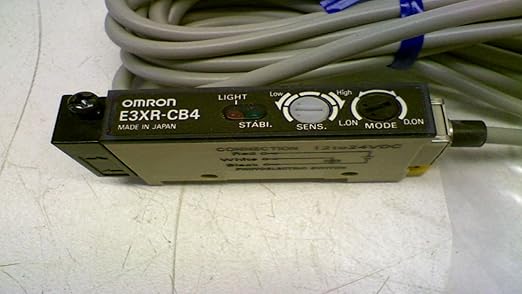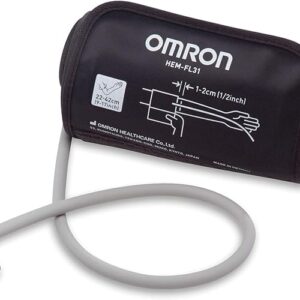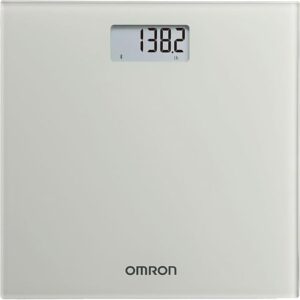Description
Here’s a pros/cons + Q&A overview for the Omron E3XR-CB4 Photoelectric Switch (12–24 VDC):
✅ Pros
- High Sensitivity & Long Range: The E3X series is known for reliable detection of small or low-reflective objects.
- Wide Voltage Range: Operates on 12–24 VDC, compatible with most industrial control systems.
- Compact Design: Slim housing allows easy installation in tight control panel or machine spaces.
- Flexible Mounting: Designed for DIN rail mounting, making integration simple in control cabinets.
- High-Speed Response: Suitable for fast-moving objects in automated production lines.
- Durable Construction: Built for industrial environments with good resistance to noise and electrical interference.
- Omron Brand Reliability: Strong reputation for long service life in factory automation.
⚠️ Cons
- Requires Amplifier Unit: E3X series typically needs a separate amplifier/controller module, adding cost and wiring complexity.
- Limited to DC Power: Not usable in systems that only provide AC power unless paired with a DC power supply.
- No Built-In Display on Sensor: Settings and adjustments are handled through the amplifier, not on the sensor body itself.
- Possible Over-Spec for Simple Detection: More advanced (and pricier) than basic photoelectric switches if only simple object presence detection is required.
- Environment Sensitivity: Performance can degrade with heavy dust, oil mist, or strong ambient light unless properly shielded.
❓ Q&A
Q1: What applications is the E3XR-CB4 best suited for?
A1: It’s commonly used in assembly lines, packaging, semiconductor equipment, labeling machines, and parts detection where precise, fast object sensing is required.
Q2: Does it detect transparent or reflective objects?
A2: Yes, with the proper amplifier configuration, it can reliably detect transparent films, glass, or shiny metal objects that standard photoelectric sensors might miss.
Q3: How is it adjusted or tuned?
A3: Adjustments are made through the E3X amplifier unit, which provides sensitivity setting, threshold control, and sometimes digital display for setup accuracy.
Q4: Can this be directly wired to a PLC?
A4: Yes, once connected through the amplifier unit, it provides a standard ON/OFF switching output (NPN or PNP depending on model) suitable for direct PLC input.
Q5: Is it suitable for harsh industrial environments?
A5: It is designed for industrial use, but for extreme dust, moisture, or oil exposure, protective housings or fiber optic models may be more reliable.
Do you want me to also include a comparison with Omron’s simpler E3Z series (compact standalone photoelectric sensors), so you can see when the higher-performance E3XR is worth the investment?




Reviews
There are no reviews yet.